Prosthetic combines intuitive motor control, touch and grip kinesthesia
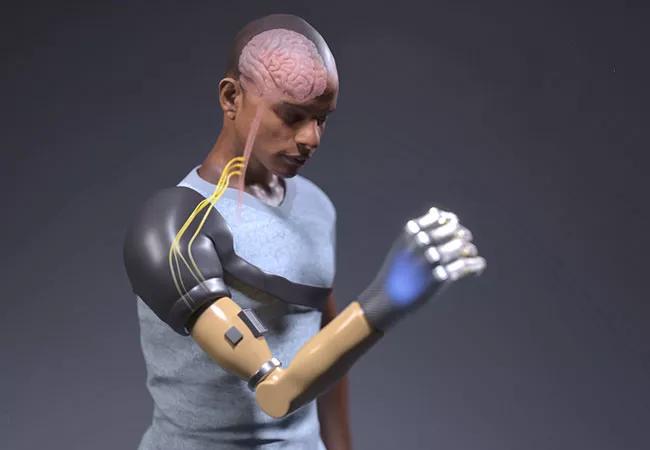
In a new study published in Science Robotics, a Cleveland Clinic-led research team reports that it has engineered a first-of-kind neurorobotic prosthetic arm for patients with upper-limb amputations that allows wearers to think, behave and function more like a person without an amputation.
Cleveland Clinic is a non-profit academic medical center. Advertising on our site helps support our mission. We do not endorse non-Cleveland Clinic products or services. Policy
The investigators developed the bionic prosthetic system to combine three important functions:
“We modified a standard-of-care prosthetic with this complex bionic system that enables wearers to move their prosthetic arm more intuitively and feel sensations of touch and movement at the same time,” says Paul Marasco, PhD, Associate Professor in Cleveland Clinic Lerner Research Institute’s Department of Biomedical Engineering, who led the study along with collaborators from the University of Alberta and University of New Brunswick. “These findings are an important step toward providing people with amputation with complete restoration of natural arm function.”
[Editor’s update: For this work, Dr. Marasco received a 2022 Top Ten Clinical Research Achievement Award from the Clinical Research Forum, a nonprofit membership association of clinical research experts and thought leaders from leading U.S. academic health centers. The awards honor groundbreaking achievements in clinical research that demonstrate a vital impact on patient care. Learn more here.]
The system is the first to test all three sensory and motor functions in a neural-machine interface at once in a prosthetic arm. The closed-loop neural-machine interface connects with the wearer’s amputated limb nerves. It enables patients to send nerve impulses from the brain to the prosthetic limb when they wish to use or move it, as well as to receive physical information from the environment and relay it back to the brain through the nervous system.
The neurorobotic prosthetic’s bidirectional feedback and control enabled study participants to perform tasks with accuracy similar to that of nondisabled people.
“Perhaps what we were most excited to learn was that study participants made judgments and decisions, calculating movements and correcting for mistakes much like a person without an amputation,” notes Dr. Marasco, who leads Cleveland Clinic’s Laboratory for Bionic Integration. “With the new bionic limb, people behaved like they had a natural hand. Normally, these brain behaviors are very different between people with and without upper limb prosthetics.”
The researchers tested the new bionic limb on two study participants with upper limb amputation who had previously undergone targeted sensory and motor reinnervation — procedures that establish a neural-machine interface by redirecting amputated nerves to remaining skin and muscles.
In targeted sensory reinnervation, touching the skin with small robots activates sensory receptors that enable patients to perceive the sensation of touch. In targeted motor reinnervation, when patients think about moving their limbs, the reinnervated muscles communicate with a computerized prosthesis to move in the same way. Additionally, small, powerful robots vibrate kinesthetic sensory receptors in those same muscles, helping the prosthesis wearer feel that the hand and arm are moving.
While wearing the advanced prosthetic, participants performed tasks reflective of everyday behaviors that require hand and arm functionality. With newly developed advanced evaluation tools, the researchers assessed how performance with the bionic limb compared to that of nondisabled people and people with amputations who have traditional prosthetic devices. They also compared how people with the advanced prosthetic fared when the three sensory and motor modalities were enabled together versus individually.
Because people with traditional prosthetics cannot feel with their limbs, they behave differently from people without an amputation while completing routine daily tasks. For example, traditional prosthesis wearers must constantly watch their prosthetic limb while using it and have trouble learning to correct for mistakes when they apply too much or too little force with their hand.
Using their advanced evaluation tools, the researchers observed that the study participants’ brain and behavioral strategies changed to match those of a person without an amputation (see video below). “Adding touch to motor control enabled the participants to no longer have to watch their prosthesis,” says Dr. Marasco. “They could find objects without looking, and they could more effectively correct for their movement mistakes.”
The current study builds on a seminal paper published by this same research team in Science Translational Medicine in 2018 on a new method of restoring natural movement sensation in patients with prosthetic arms.
“Over the past decade or two, advancements in prosthetics have helped wearers achieve better functionality and manage daily living on their own,” Dr. Marasco observes. “For the first time, people with upper limb amputations are now able to again ‘think’ like an able-bodied person, which promises to offer prosthesis wearers new levels of seamless reintegration back into daily life.”
Due to the current study’s small size, additional research will be important, he emphasizes. Additionally, the researchers note that the new outcome measurements related to brain behavior and functionality that they developed to evaluate this bionic system can be applied to any upper limb prosthetic or deficit that involves sensation and movement.
View the full study report here.

Pilot study finds both forced- and voluntary-rate cycling effective for symptom management
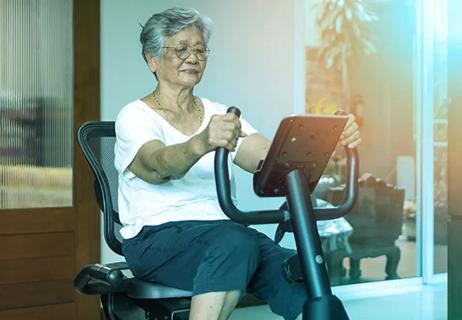
Gait becomes more normalized along with gains in speed

Training in stretches, emphasis on biomechanics help ease work-related pain, survey finds
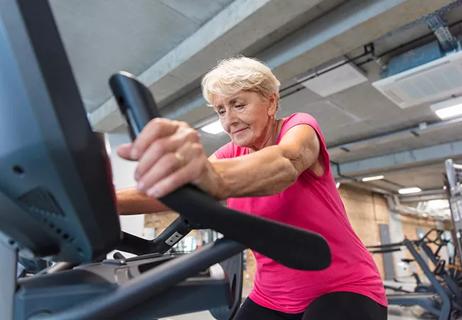
High-intensity cycling program leads to improved walking capacity and upper extremity function
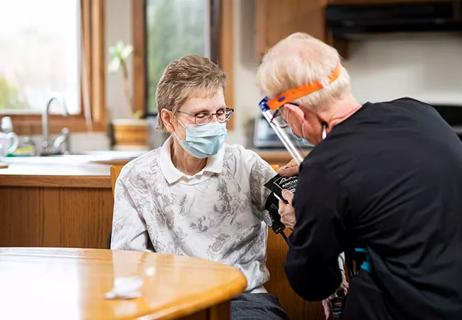
Novel post-acute care model aims to improve functional outcomes with reduced costs
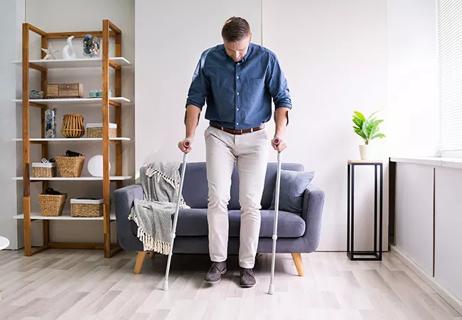
More evidence needed on pharmacologic therapy alone and combined with gait training

Innovative postacute care model reduces costs, improves functional outcomes
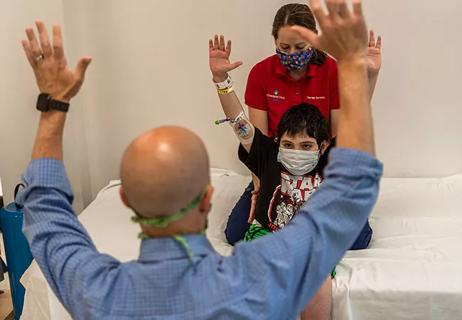
Pilot initiative focuses on adolescents with disabilities